- Posted on:
- Reading time:

What is lemon balm powder?
Origins and botanical background
Lemon balm (Melissa officinalis) is a lemon-scented herb from the mint family, loved for centuries for its calming effects and mild citrusy flavor. Native to Europe and the Mediterranean, it’s now grown globally due to its wide-ranging uses in medicine, tea, cosmetics, and more recently, food.
How lemon balm powder is made
Lemon balm powder is typically made by drying the leaves at low temperatures to retain nutrients and volatile oils, then grinding them into a fine, green powder. The result is a natural extract that’s easy to store, mix, and use across a range of food products.

Why food manufacturers are turning to herbal powders
The rise of natural and clean-label ingredients
Consumers today want transparency. They’re reading labels, Googling ingredients, and demanding simplicity. Herbal powders like lemon balm fit perfectly into this “clean-label” trend — they’re natural, recognizable, and often associated with health benefits.
Functional benefits in food products
Beyond being just “natural,” it brings functional benefits to the table. It’s known to support relaxation, improve mood, and even aid digestion — all big wins in the wellness food segment.

Key benefits of lemon balm powder in food production
Calming and stress-relieving properties
Let’s face it — stress is everywhere. Products with lemon balm can offer consumers a moment of calm. Its active compounds, including rosmarinic acid, are linked to anxiety reduction and mood balance.
Natural flavor enhancer
Got a product that needs a light lemony note without artificial flavoring? Lemon balm powder adds a subtle citrus aroma that’s more herbaceous than sour — making it perfect for nuanced flavor layering.
Rich in antioxidants
Thanks to its flavonoids and polyphenols, lemon balm powder delivers antioxidant benefits. These compounds help fight oxidative stress, giving your food product a functional boost that health-conscious consumers will love.

Popular applications in food manufacturing
Bakery and confectionery products
Infused cookies and cakes
Imagine a shortbread cookie with a gentle herbal twist — lemon balm adds depth and a wellness angle to traditional baked goods.
Herbal chocolates and candies
Pair lemon balm with dark chocolate and you’ve got a product that feels indulgent but thoughtful. Its calming properties also pair well with relaxing or “bedtime” snack concepts.
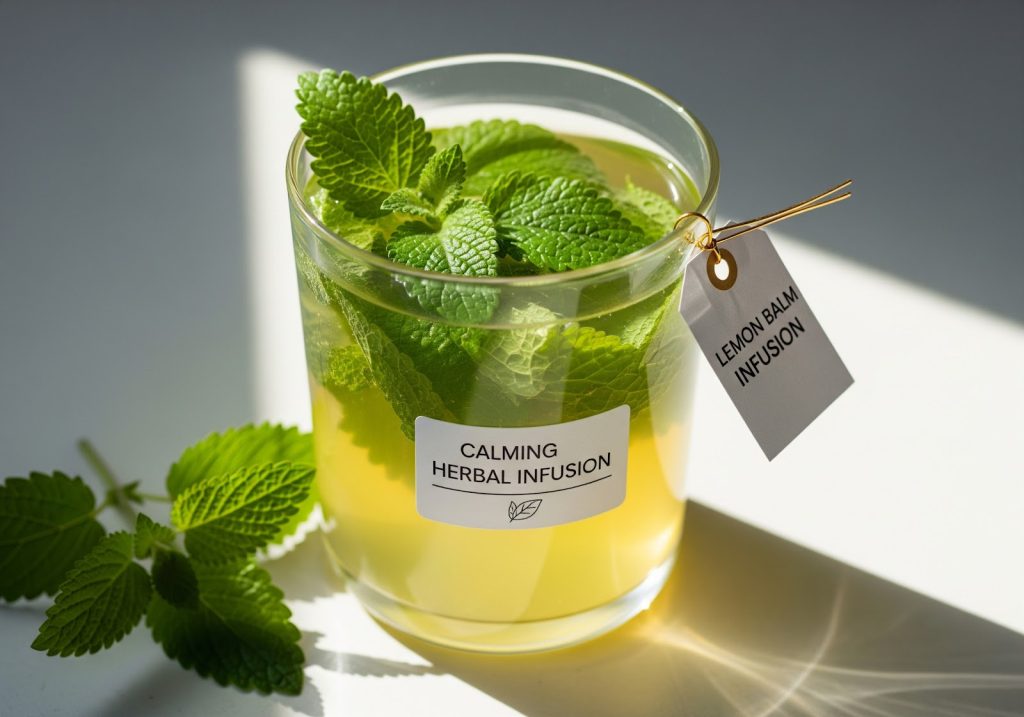
Beverages and functional drinks
Herbal teas and flavored waters
Lemon balm is a natural fit for herbal teas. But it also works wonders in still or sparkling water, creating refreshing beverages that relax the mind.
Smoothie and juice blends
Add a scoop to a green smoothie or citrus blend for a punch of flavor and function. It’s a creative way to market your drink as both tasty and therapeutic.
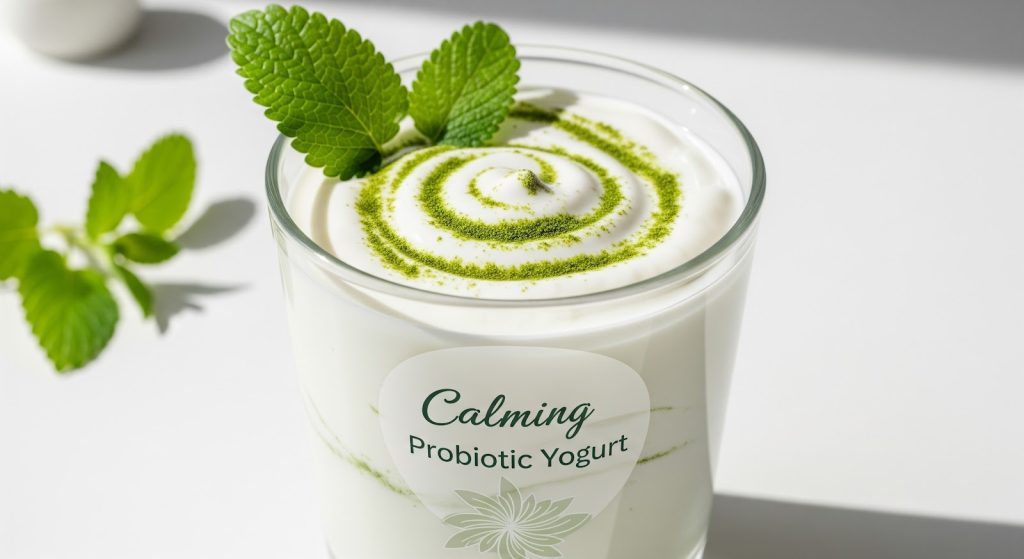
Dairy and ice cream innovations
Yogurt and frozen treats
The creamy texture of yogurt or ice cream blends well with lemon balm’s herbal profile. Think probiotic yogurts or calming night-time ice cream products.
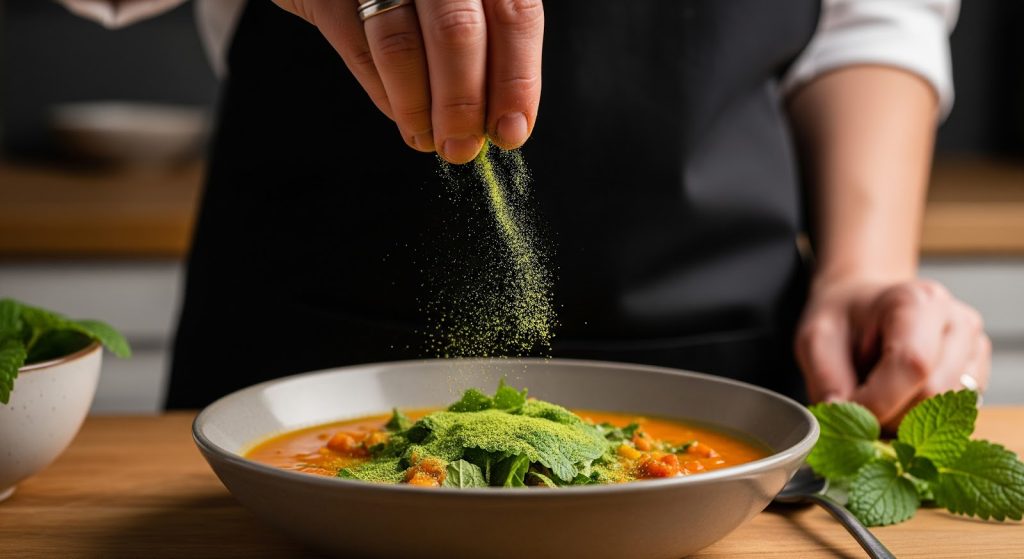
Savory food products
Lemon balm isn’t just for sweet stuff. It works in savory sauces, soups, and even plant-based meals as a flavor booster with a wellness spin.

Comparing lemon balm powder to other natural extracts
Lemon balm vs. Chamomile
Both have calming effects, but lemon balm offers a brighter, more citrusy flavor. Chamomile is more floral — better for teas, not so much for snacks or savory items.
Lemon balm vs. Green tea extract
Green tea is energizing; lemon balm is relaxing. Use green tea in morning blends and lemon balm in evening products. The contrast opens up interesting product positioning opportunities.
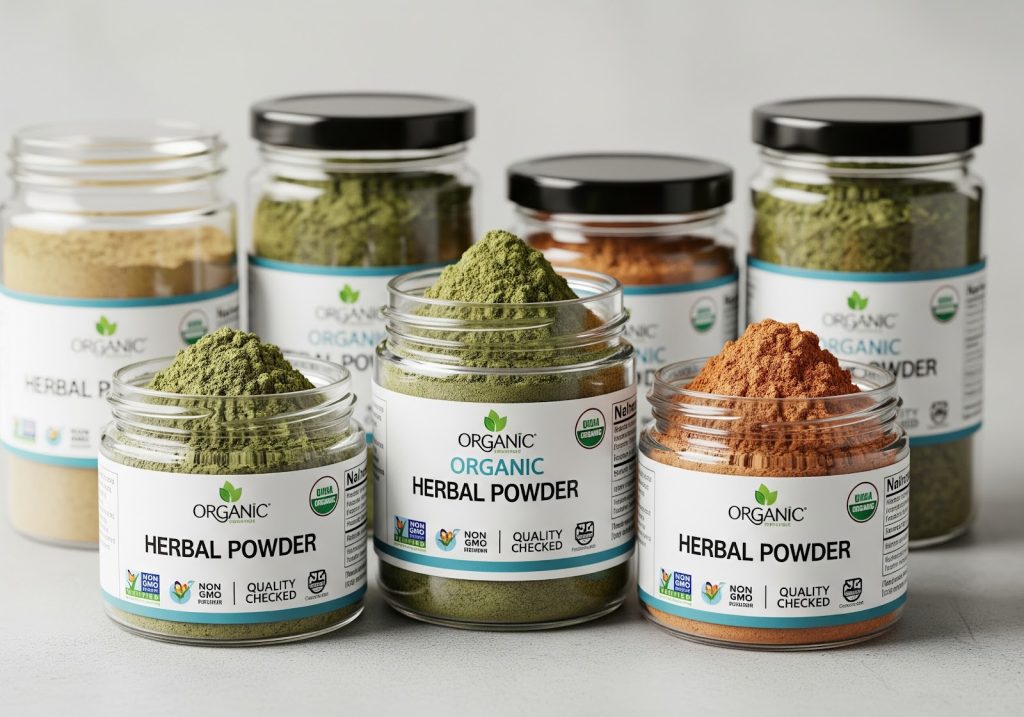
How to source quality lemon balm powder
What to look for in a supplier
Not all herbal powders are created equal. Look for suppliers that offer:
- Organic certification
- Transparent sourcing practices
- Fine particle consistency
- Low moisture content

Certifications and quality assurance
Ideally, it should be food-grade, non-GMO, and free from contaminants. Third-party testing and COAs (Certificates of Analysis) are a must.
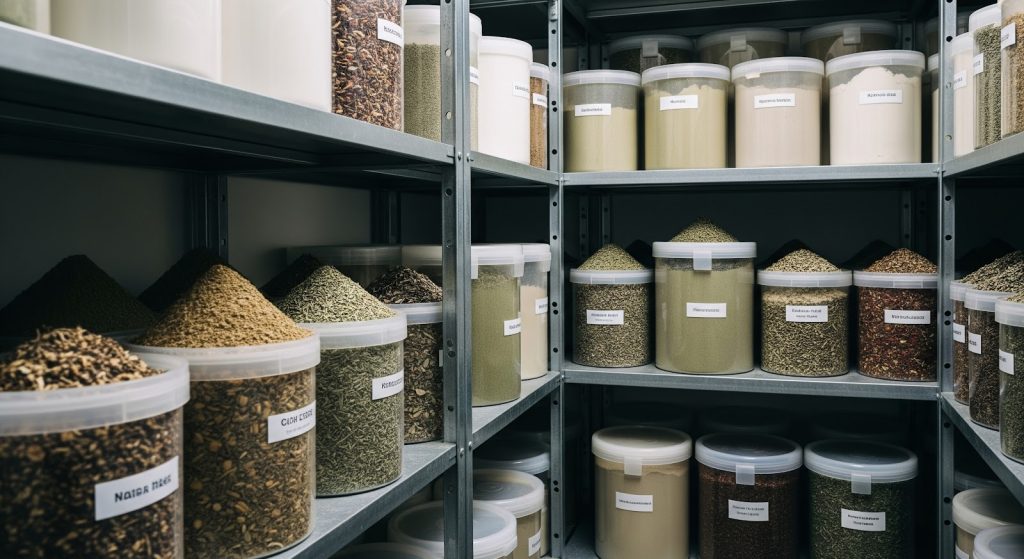
Challenges food manufacturers may face
Flavor balance and dosage control
A little goes a long way. Too much lemon balm can overpower other flavors or make a product taste too “green.” Trial and error during R&D is key.
Shelf life and storage requirements
It should be stored in cool, dry conditions. Light and heat can degrade its beneficial oils, so packaging must be airtight and UV-protected.
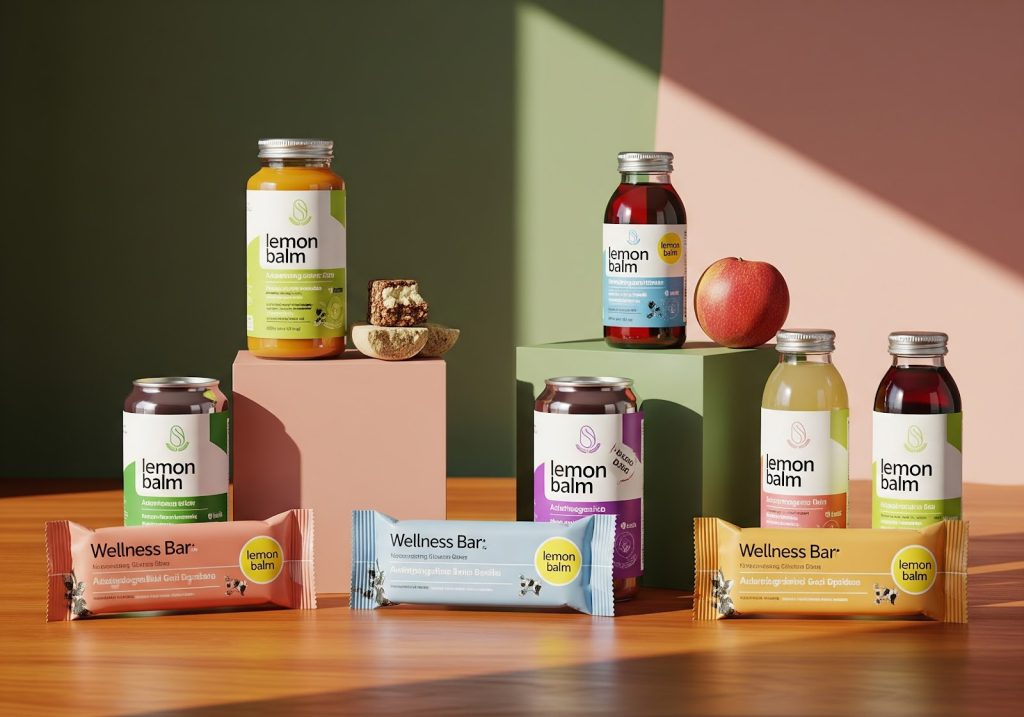
Future trends and innovations with lemon balm powder
As the world leans further into wellness, expect to see lemon balm pop up in new formats — think calming snack bars, adaptogenic seasoning blends, or even nootropic beverages. The fusion of natural extracts and functional foods is only going to grow, and lemon balm powder is perfectly positioned for this evolution.
FAQs
Yes, lemon balm is generally considered safe for children and adults when used in food-level doses. However, it’s best to consult a professional for high-dose supplements.
It can add a slight greenish tint depending on the quantity used. In small amounts, the visual impact is minimal.
Absolutely! It works well in both hot teas and baked goods, as well as cold smoothies and frozen desserts.
Start with small amounts — usually 0.5% to 2% of the total recipe weight. Adjust based on flavor and effect.
Lemon balm is not a common allergen, but always check with your supplier for potential cross-contamination risks.
